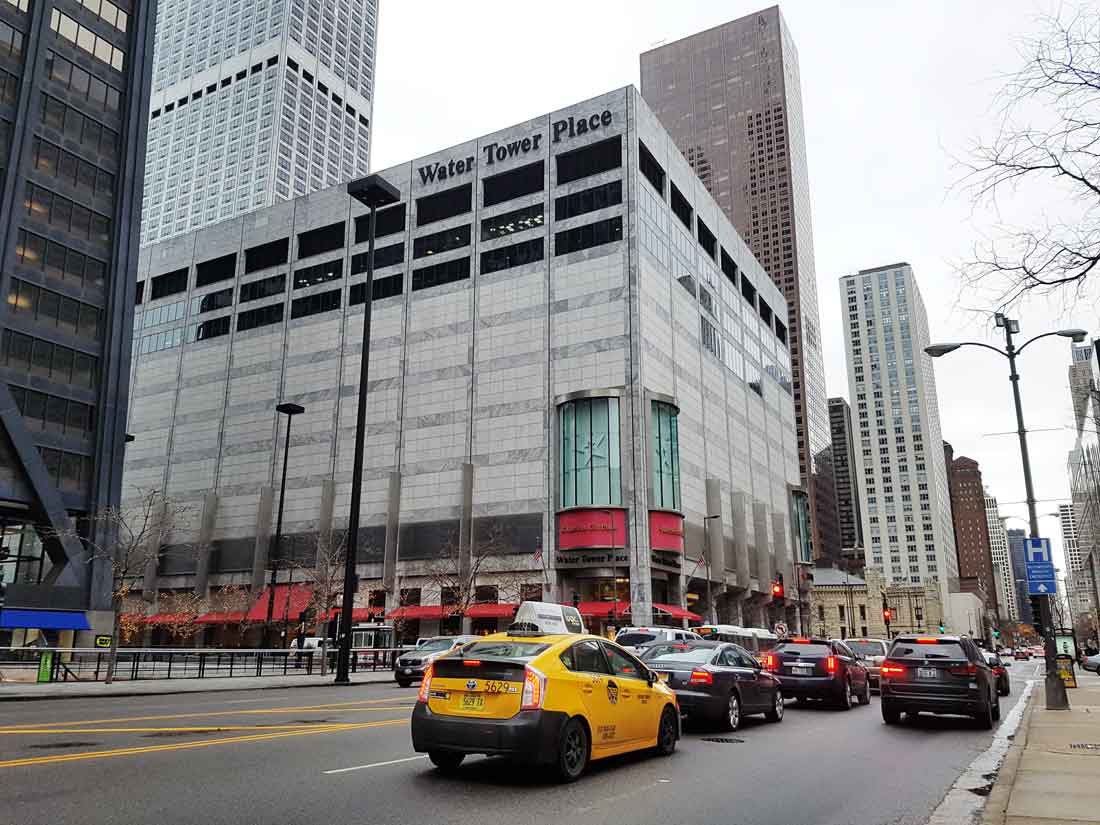By Mindy Tan
Mall operators are brushing off the troubles facing retailers as “business-as-usual.”
The message from top executives of real estate investment trusts GGP Inc. and Simon Property Group Inc. Tuesday following the release of quarterly financial reports, was consistent in that retailer bankruptcies and anchor department store closures are nothing new, said Paul Adornato, a BMO Capital Markets analyst.
“It’s just a normal part of business. It may seem to the lay person that there is a very big increase,” Adornato said in a phone interview. “There is an increase, but it’s not anything that the mall owners can’t handle.”
Wall Street seemed to agree. Investors sent shares of both GGP and Simon Property Group up more than 3 percent after the mall operators reported better-than-expected fourth quarter results.
During an earnings call Tuesday morning, GGP CEO Sandeep Mathrani noted that retailers are still looking to open stores in quality locations. He added that foot traffic at GGP’s malls have been increasing.
“Looking back over the past several years, from our estimate, we’ve experienced positive trends in each year. In 2012, traffic was up over 4 percent; in 2013, 3 percent, flat in 2014 and up 2 percent in 2015,” he said.
Carol Kemple, an analyst at Hilliard Lyons said in a note: “We believe many retailers with expansion plans would rather open up shop in quality class A malls like many of GGP’s instead of class B and C malls. GGP is seeing strong demand for space in its centers.”
She added: “We believe GGP and other mall REITs have an opportunity to grow rent in the long term through the measured re-tenanting and redeveloping of underperforming anchor spaces.”
Chicago-based GGP, formerly known as General Growth Properties, reported a 22 percent increase in net income for the fourth quarter, to $236.5 million from $194 million a year ago. Funds from operations, a favored measure of performance for REITs, remained flat, at 43 cents per share. Analysts polled by Bloomberg estimated FFO per share of 42.6 cents per share.
Net income attributable to common stockholders was $232.5 million, up 22.3 percent from $190.1 million a year ago. This was higher than the Bloomberg estimate of $141.3 million.
GGP’s revenue for the quarter fell 5.6 percent to $610.3 million from $644.6 million.
The real estate investment trust said rental rates for signed leases in the previous 12 months rose 10 percent, compared with rental rates for expiring leases. Tenant sales, excluding anchor stores, rose 0.9 percent.
“GGP Inc. has the least negative outlook for its mall portfolio prospects in 2017 compared with large-cap peers Macerich and Simon Property,” stated Jeffrey Langbaum, analyst at Bloomberg Intelligence, in a note.
Indianapolis-based Simon Property Group posted net income of $394.4 million, compared with $392.3 million a year ago. This was short of the $461.9 million analysts polled by Bloomberg expected.
FFO was up 5.4 percent to $912.2, or $2.53 per diluted share, better than the $2.52 per share that analysts had forecast. Revenue for the quarter was $1.43 billion, just short of analysts’ estimate of $1.47 billion.
Simon raised its dividend by 9.4 percent year-on-year to $1.75 per share.
GGP also announced a hike in its common stock dividend to 22 cents per share payable on April 28, an increase of 3 cents per share from the first quarter of 2016.
For the full year ended December, GGP’s net income was $1.3 billion, compared with $1.37 billion in 2015. Funds from operations was $1.53 per diluted share, as compared to $1.44 per diluted share in 2015.
GGP expects its FFO for the current quarter ending in April to range from 35 cents to 37 cents per share. This is at the bottom band of Wall Street’s expectations of 35 cents to 40 cents according to the consensus from Bloomberg. GGP’s expected FFO for the full year is in the range of $1.56 to $1.61 per share, in line with analysts’ estimate of $1.52 to $1.62
GGP’s stock rose 88 cents, or 3.67 percent, to $24.84.


